Introduction
In the vast realm of culinary delights, few ingredients offer the versatility and nutritional benefits that Tremella fuciformis, commonly known as white fungus or silver ears, does. This delicate, translucent fungus has been cherished in traditional Chinese medicine and cuisine for centuries, renowned for its ability to nourish the body, hydrate the skin, and enhance overall well-being. With its unique texture and mild flavor, silver ears lend themselves to a multitude of cooking methods, making them a staple in both health-conscious diets and gourmet kitchens. This article delves into the myriad ways one can prepare and enjoy Tremella fuciformis, highlighting its diverse applications and the culinary magic it can bring to the table.
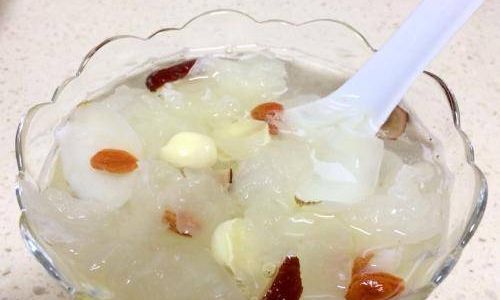
Understanding Tremella Fuciformis
Before diving into the various cooking methods, it’s essential to understand what Tremella fuciformis is and why it holds such a special place in culinary traditions. Native to China, Japan, and other parts of Asia, Tremella fuciformis grows on dead or decaying wood, resembling a cluster of tiny, jelly-like ears. Its appearance is distinct, with a shimmering, silvery-white hue that earns it the moniker “snow ear fungus.”
Nutritionally, Tremella fuciformis is a powerhouse. It boasts high levels of polysaccharides, particularly a type called tremellan, which have been studied for their immune-boosting and anti-inflammatory properties. It’s also rich in dietary fiber, vitamins, and minerals, making it an excellent choice for those seeking to improve their digestive health and overall vitality.
Preparation Techniques
Before incorporating Tremella fuciformis into any dish, proper preparation is crucial. Here are some basic steps to ensure your silver ears are ready for cooking:
-
Soaking: Begin by soaking the dried Tremella fuciformis in cold water for at least 2-4 hours, or until it becomes soft and pliable. This process helps to rehydrate the fungus and restore its natural texture.
-
Cleaning: Once soaked, gently rinse the Tremella fuciformis under cold running water to remove any impurities or dirt. Be careful not to tear or break the delicate strands.
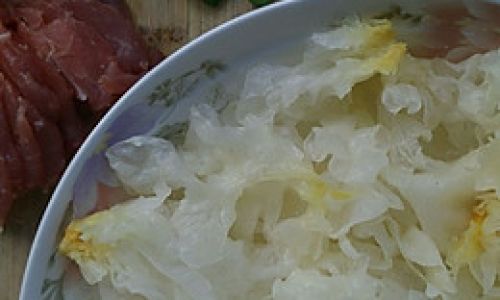
-
Trimming: Use scissors or kitchen shears to trim away any hard or dried-out parts of the Tremella fuciformis. This step ensures a more pleasant eating experience by removing any unappealing bits.
-
Tearing or Cutting: Depending on the recipe, you may need to tear or cut the Tremella fuciformis into smaller pieces. This aids in even cooking and better absorption of flavors.
Cooking Methods of Tremella Fuciformis
With its neutral taste and ability to absorb surrounding flavors, Tremella fuciformis can be incorporated into a wide array of dishes. Here are some popular cooking methods and recipes that showcase its versatility:
Soup and Stew Integration
One of the most traditional and beloved ways to enjoy Tremella fuciformis is in soups and stews. Its gelatinous texture adds a silky, creamy mouthfeel to broths, making it an ideal ingredient for nourishing and comforting dishes.
-
Tremella Chicken Soup: Combine soaked Tremella fuciformis with chopped chicken, ginger, and water in a pot. Simmer for several hours until the chicken is tender and the broth is rich and flavorful. Season with salt and pepper to taste.
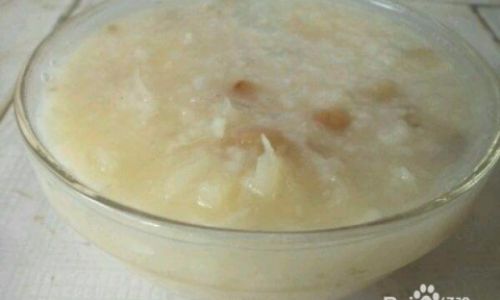
-
Tremella Pork Ribs Soup: For a heartier option, cook Tremella fuciformis with pork ribs, carrots, onions, and herbs like thyme and bay leaves. The long, slow cooking process allows the flavors to meld together, creating a deeply satisfying and nutritious meal.
Dessert Creations
Given its ability to retain moisture and its mild sweetness, Tremella fuciformis is a natural fit for desserts. It can be used to create smoothies, puddings, and even ice creams, adding a unique texture and nutritional boost.
-
Tremella Coconut Milk Pudding: Blend soaked Tremella fuciformis with coconut milk, sugar, and a touch of vanilla extract. Pour the mixture into serving bowls and refrigerate until set. Garnish with fresh fruit or toasted coconut flakes for a tropical twist.
-
Tremella Smoothie Bowl: For a breakfast-on-the-go, blend Tremella fuciformis with a blend of frozen fruits, a banana for creaminess, and a splash of almond milk. Pour into a bowl, top with granola, chia seeds, and fresh berries for a nutritious start to the day.
Stir-Fries and Salads
While less common, Tremella fuciformis can also be enjoyed in savory stir-fries and salads. Its chewy texture adds an interesting element to these dishes, making them more visually appealing and texturally diverse.

-
Tremella Mushroom Stir-Fry: Slice soaked Tremella fuciformis into thin strips and stir-fry with a medley of vegetables such as bell peppers, snap peas, and baby corn. Use a light sauce made of soy sauce, garlic, and ginger to coat the ingredients and bring out their flavors.
-
Tremella and Avocado Salad: For a refreshing summer dish, combine torn Tremella fuciformis with diced avocado, cherry tomatoes, cucumber slices, and red onion. Drizzle with a lemon vinaigrette and toss gently to combine. The creamy avocado pairs beautifully with the silky Tremella fuciformis, creating a delightful contrast in textures.
Beverage Infusions
Another innovative way to enjoy Tremella fuciformis is by infusing it in beverages. Its hydrating properties make it an excellent addition to teas, smoothies, and even cocktails.
-
Tremella Lemonade: Brew a tea using soaked Tremella fuciformis and fresh lemon slices. Sweeten with honey or agave syrup, then chill and serve over ice. This refreshing drink is perfect for hot summer days.
-
Tremella Smoothie: Blend soaked Tremella fuciformis with frozen berries, a handful of spinach, a banana, and your favorite plant-based milk. The Tremella fuciformis will add a subtle creaminess to the smoothie, making it both nutritious and indulgent.
Incorporation into Grain and Noodle Dishes
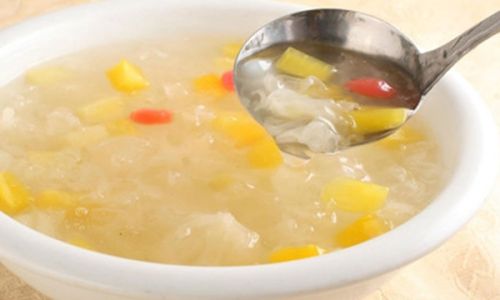
For a heartier, more filling meal, Tremella fuciformis can be incorporated into grain and noodle dishes. Its ability to absorb flavors makes it a great complement to dishes like rice, quinoa, and pasta.
-
Tremella Fried Rice: Cook soaked Tremella fuciformis with scrambled eggs, cooked rice, peas, carrots, and soy sauce. The Tremella fuciformis will add a delightful chewiness to the dish, while the soy sauce provides a savory umami flavor.
-
Tremella and Vegetable Noodles: For a vegetarian option, toss cooked Tremella fuciformis with a mix of steamed vegetables, noodles, and a light dressing made of sesame oil, soy sauce, and garlic. This dish is not only visually appealing but also packed with nutrients.
Conclusion
In conclusion, Tremella fuciformis, or silver ears, is a remarkable ingredient that offers a myriad of cooking possibilities. From soothing soups and creamy desserts to refreshing beverages and hearty grain dishes, its versatility makes it a valuable addition to any culinary repertoire. With its rich nutritional profile and ability to enhance the taste and texture of dishes, Tremella fuciformis is not just a culinary delight but a true gift for health-conscious individuals. As you explore these various cooking methods, remember to experiment with different flavors and ingredients to create dishes that are uniquely yours. Happy cooking!
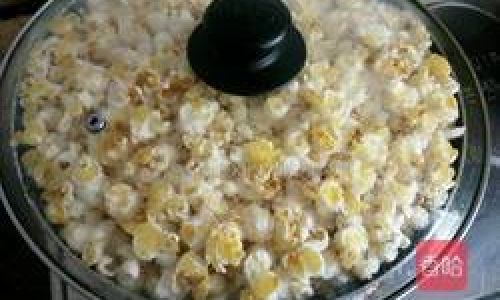

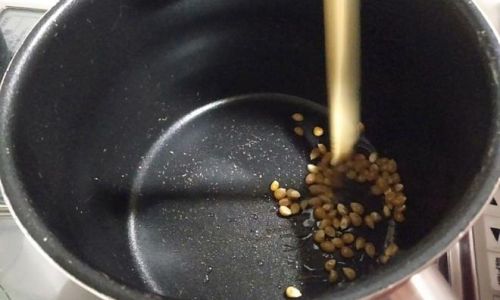
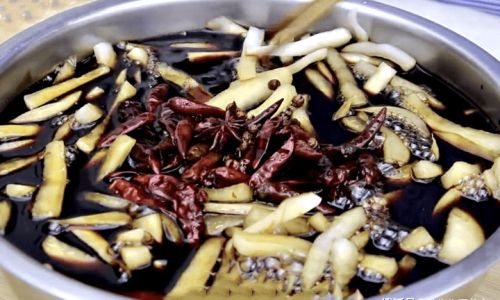


0 comments